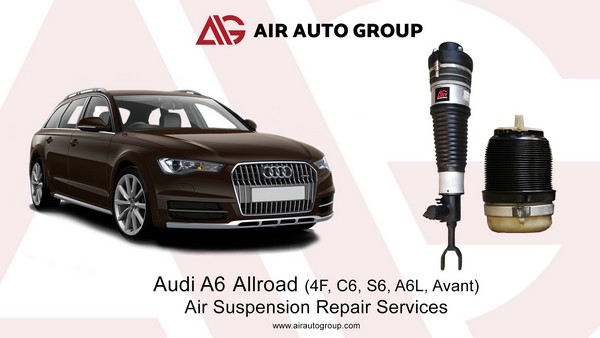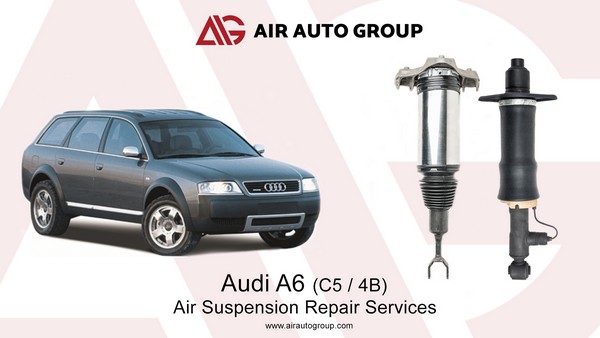The simplest thing you can do is just try to raise or lower the air suspension of the car. If the car rises and falls normally, then everything is fine with the valve block.
Leakage in the valve blocks is extremely rare, they rarely lose air, because they are very reliable. But you can check it out this way: without removing the valve block, it is necessary to disconnect the suspension line, which connects the compressor to the valve block,disconnect it from the compressor. Then insert it into a container with water and see if air bubbles have appeared. The remaining suspension lines that come out of the valve block can be doused with soapy water and see if the bubbles are coming or this soapy water is foaming.
To check the electrical component of the valve block, you need to remove the chip, put a separate chip with wires and send signals to certain contacts. But it is better to diagnose the valve block, after removing it from the car. At the service station, such a check is performed under air pressure. Each valve is individually energized, suspension lines are connected, pressure is injected and it is checked whether the valves open or not, and whether air passes through them.
If the car is twisted, the suspension does not move either up or down, some side falls and rises and the other does not, most likely the valve block has stuck. Maybe oil or «Antiprocol» hit there. This happens quite often. For example, the oil from the shock absorbers gets into the suspension system and then into the valve block, settles on the elastic bands, then they collapse and the valves begin to wedge.







